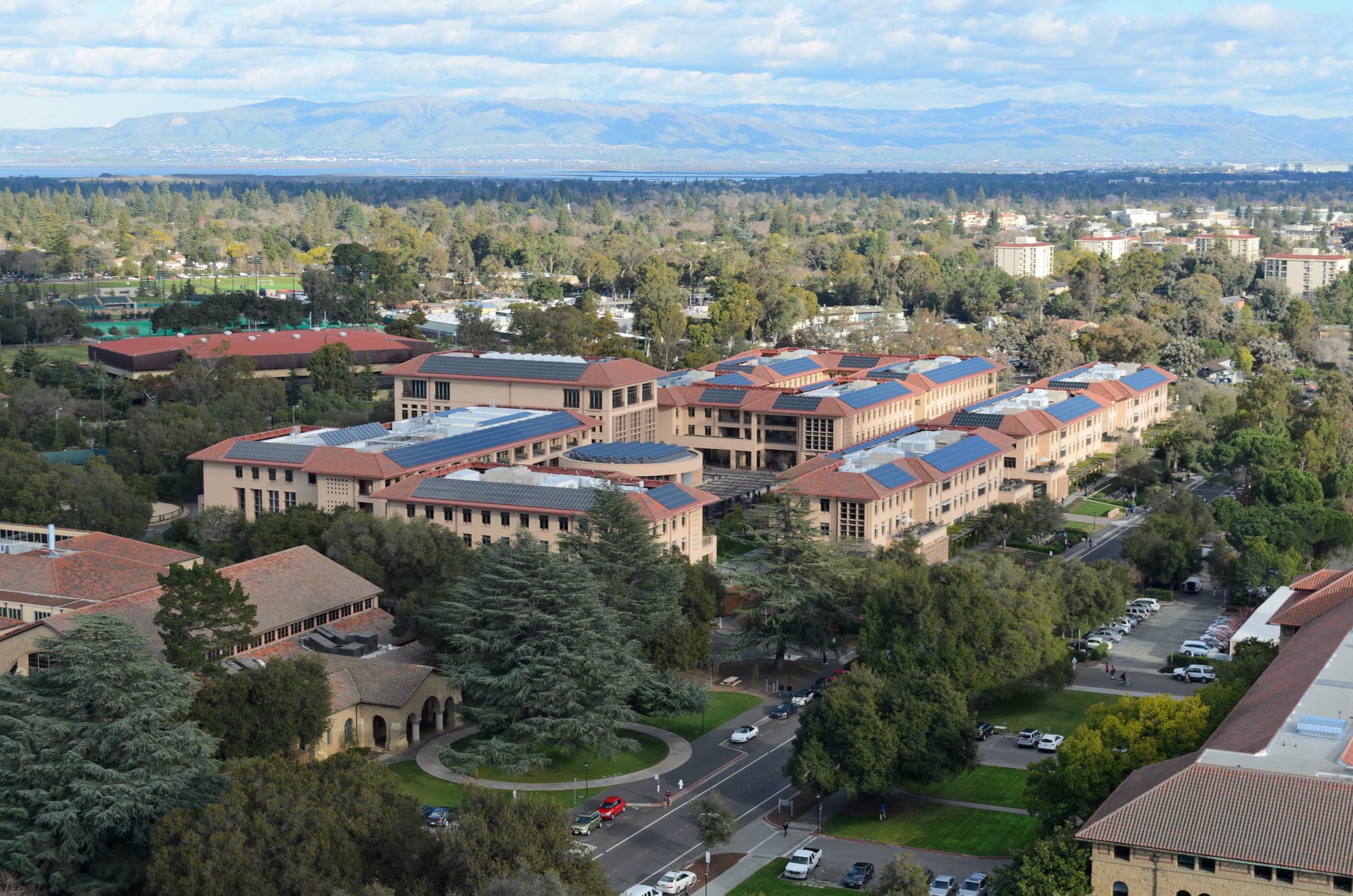This past Presidents’ Day weekend, over two hundred students, professionals, and hackers spent their weekend in a warehouse in El Segundo, California, working on defense-technology projects. The El Segundo Defense Tech Hackathon contrasted starkly with TreeHacks, Stanford’s premier hackathon hosted the same weekend.
Instead of students building low-intensity GPT wrappers on Stanford’s pristine campus, the El Segundo Defense Tech Hackathon had a different atmosphere: a rundown warehouse in a Los Angeles manufacturing hub with participants soldering hardware in the open, 3:30 a.m. barbell presses, and Celsius cans thrown on the floor as hackers rushed to meet the 11 a.m. submission deadline.
Contrary to the vague slogan of “building for the future”—of the sort you find in Palo Alto—one message was clear in El Segundo: we build to maintain our sovereignty and security as a nation. Catarina Buchatskiy ‘24, an organizer of the hackathon and trained Ukrainian drone operator, put it bluntly: “No one wants war, but war comes to you, and you better be prepared for it.” Buchatskiy, who has lived through the war in Ukraine, explained her country’s dire situation in the opening remarks of the event. Motivating her fellow builders, she told them, “Defense tech is the only thing that’s saving us right now.”
It was evident to everyone in the room that building in defense meant solving real, life-and-death problems, not SaaS (software as a service) workflow optimization start-ups that have become a dime a dozen at Stanford.
Amidst the landscape of intelligent young people flocking to optimize profit for finance and big tech companies, it may seem odd to find an event like the El Segundo hackathon. However, the young people building for defense are tapping into something greater—an immense need for our best and brightest to build for the sake of our nation.
The Department of Defense needs the commercial sector to collaborate with it more than ever. Stanford faculty and defense industry leaders Steve Blank, Joe Felter, and Raj Shah write that adversaries have made significant progress by aligning their diplomatic, economic, and intellectual strengths to push their worldviews more than ever. Despite this great threat, the U.S. response is lacking at best. Blank, Felter, and Shah claim the core issue with military procurement is that the DoD has not utilized the commercial defense industry at scale. The United States has the strongest private sector in the world, and taking full advantage of it will be imperative to triumph in any great power conflict.
The best way to encourage the private sector? Encourage buy-in from the smartest students and hackers which is the reason why Blank, Felter, and Shah initially started the Gordian Knot Center for National Security and Innovation, housed at Stanford. It is also the reason why startup and venture organizations like Apollo, 8VC, and Entrepreneur First sponsored the El Segundo Defense Tech hackathon.
As Isaiah Taylor, founder of Valar Atomics, an atomic energy company focused on mass manufacturing nuclear fission reactors, and an organizing partner of the El Segundo Defense Tech hackathon, explains, “[innovation] is the way [the US] stays in charge.” American leadership is essential because “a world in which the United States is in charge is a far better world than one in which it is not.”
Buchatskiy added to Taylor’s comment by posing the question to young builders: “If not you, then who?” Buchatskiy did not see herself pursuing defense tech in the first place, but recommends that young builders, similar to her, should “never settle for doing something beyond greatness.” Her recommendation: Talented builders should work to “support peace” and “defend the world.”
Another factor that draws young builders to work in defense is genuine excitement. One of the hackers in El Segundo, a founder working on a drone project, framed it perfectly: “I’m here because I want to escape the boredom of accounting software.”
While humorous, there was a real sentiment in his statement that resonated with a crowd of young builders. Big Tech and relatively safe enterprise startups are not as exhilarating as working in a field with a physical impact on the world. It’s not every day that you can construct a drone that could be deployed in an active war zone only months later.
Furthermore, multiple founders who were interviewed at the El Segundo Defense Tech Hackathon mentioned that it was refreshing to see so many hardware projects like many different types of drones, tracking systems, and more. One founder noted that defense tech is one of the few remaining industries that emphasizes hardware innovation, as opposed to the software we so often see at Stanford.
As our nation faces growing geopolitical instability, participants hope that this event was the first of many to engage young people in deploying their talents for the nation's security.


